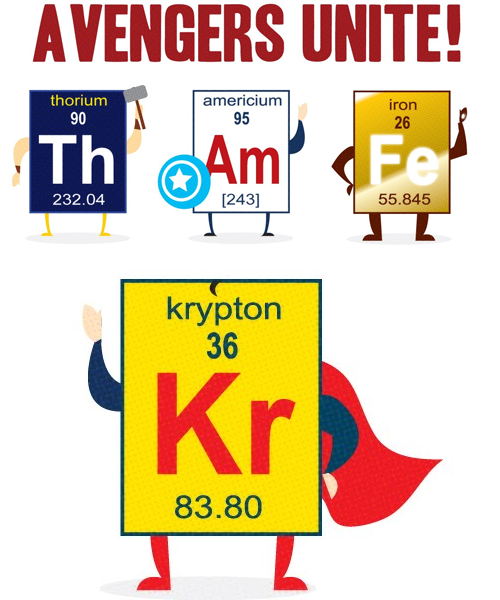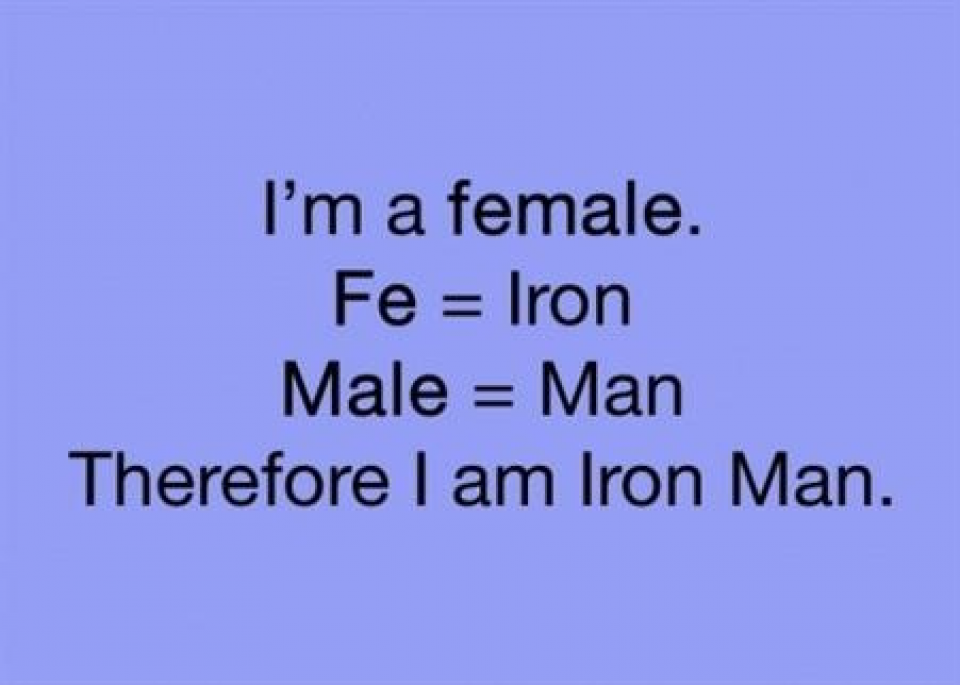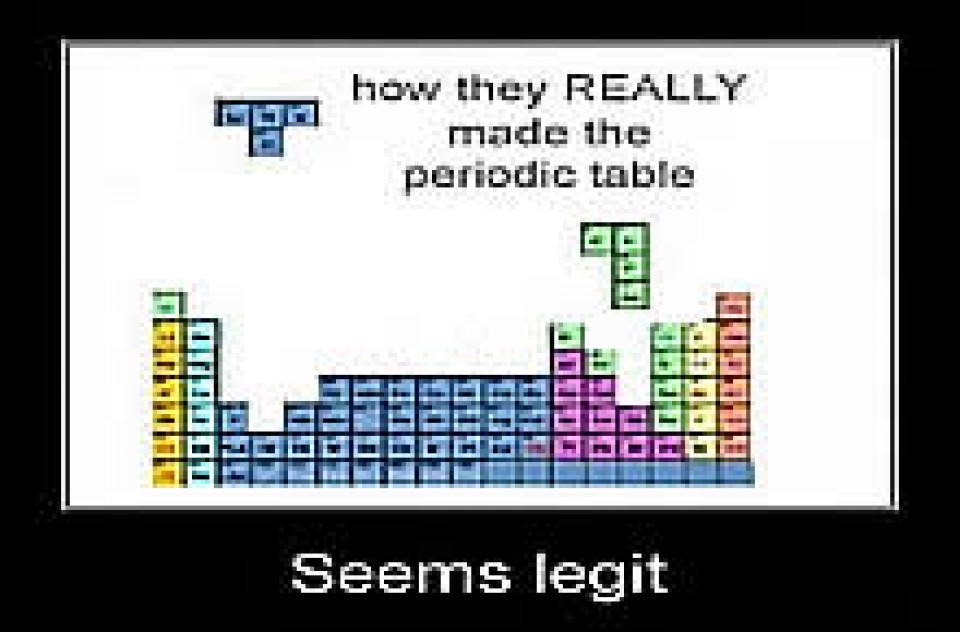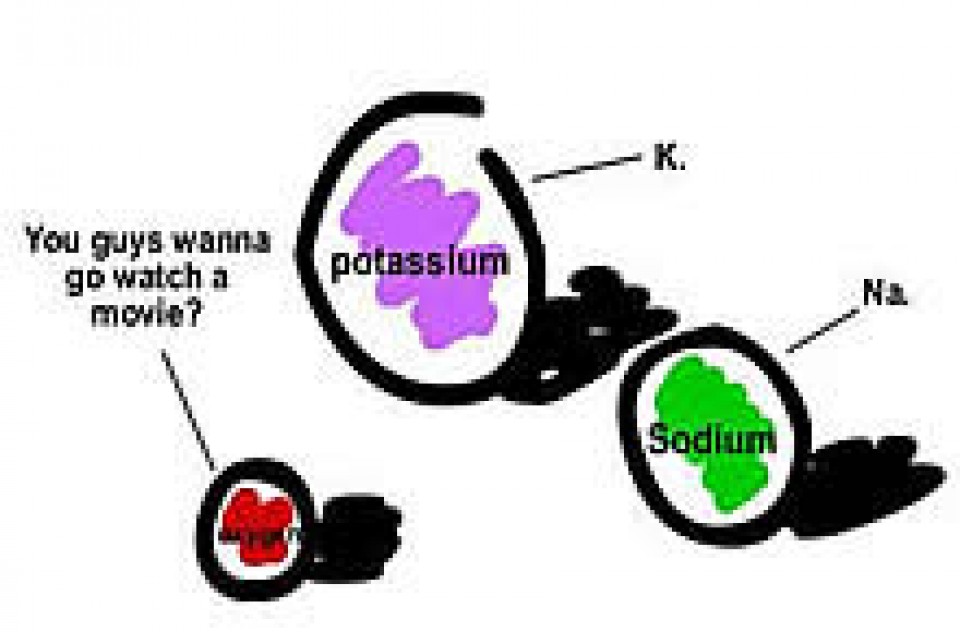The Metric System
The metric system was created by the French in the late 1700’s in response to the English system which, quite frankly, is fairly confusing in that it uses numerous different units and has no uniformity among conversions. For example, in the English system 1 ft = 12 in., 1 yd = 3 ft, and 1 mile = 5280 ft. But over the course of about 10 years a French committee created a standardized uniform system known as the metric system.
Basic Metric Units
Unlike the English system which has multiple units for length (inch, foot, yard, mile), the metric only has one – the meter (m). Similarly, there are four basic metric units:
Length – meter (m)
Mass – gram (g)
Volume – liter (L)
Time – second (s)
Metric Prefixes
The metric system is a decimal system. Prefixes are used to increase and decrease one of the basic units by a factor of 10 as seen on the following metric table.
| Prefix | Symbol | Magnitude | Meaning (multiply by) |
| tera- | T | 1012 | 1 000 000 000 000 |
| giga- | G | 109 | 1 000 000 000 |
| mega- | M | 106 | 1 000 000 |
| kilo- | k | 103 | 1 000 |
| — | — | — | — |
| deci- | d | 10-1 | 0.1 |
| centi- | c | 10-2 | 0.01 |
| milli- | m | 10-3 | 0.001 |
| micro- | μ | 10-6 | 0.000 001 |
| nano- | n | 10-9 | 0.000 000 001 |
| pico- | p | 10-12 | 0.000 000 000 001 |
| femto- | f | 10-15 | 0.000 000 000 000 001 |
On the metric table above, the line represented by — is the base unit. Prefixes above this line increase the size of the base unit, while prefixes below this line decrease the size of the base unit.
Examples
1. kilogram – Kilo (k) is the prefix and gram (g) is the base unit, so the abbreviation is kg. But what is a kilogram? According to the table above, kilo means 103 so 1 kg = 103 g.
Important: When converting metric units in to base units, the prefix and the exponent will always be on different sides of the conversion factor. In the above example, this means that since kilo (k) is on one side, 103 must be on the opposite side. Using the table above, the prefix and the exponent will never be on the same side of a metric conversion.
2. gigameter – Giga (G) is the prefix and meter (m) is the base unit, so gigameter is abbreviated Gm. (Notice that giga is a capital G, while gram is a lower-case g.) What is a gigameter? 1 Gm = 109 m
3. microliter – Micro (μ) is the prefix and liter (L) is the base unit, so a microliter is written as μL. 1 μL = 106 L
4. millisecond – Milli (m) is the prefix and second (s) is the base unit, so the abbreviation is ms. 1 ms = 10-3 s
Examples
Convert 4.29 ng into grams.
We are being asked to convert ng to grams so we need a metric conversion that relates the two. What does ng mean? According to the chart above, nano (n) =10-9, so 1 ng = 10-9 g. When using this as a conversion factor we want the initial given units, ng, to cancel so we need to ensure that it is on the bottom.
4.29 ng x 10-9 g/1 ng = 4.29×10-9 g
Remember that metric-metric conversions have been defined and are exact, therefore they do not affect the significant digits of the final answer. Since the original measurement, 4.29 ng had three significant digits, the final answer will as well.
Convert 7.624×103 cm into Mm.
There is no direct metric conversion between centi- (c) and mega- (M), but both share the same base unit of meters (m). Because of this, we can use meters as the crossroads and convert cm -> m -> Mm.
To begin with, we need to convert cm into m. Referring to the above table, 1 cm = 10-2 m. Our starting unit is cm so we need cm in the denominator of the conversion factor in order for it to cancel.
7.624×103 cm x 10-2 m/1 cm
Centimeters has canceled and we are left with meters (m) which we need to convert to Mm. 1 Mm = 106 m. Since we are in meters, we need to ensure that 106 m is on the bottom of the conversion factor so that it will cancel.
7.624×103 cm x 10-2 m/1 cm x 1 Mm/106 m = 7.624×10-5 Mm
For additional practice problems on metric system conversions, visit Metric System & Conversions Practice Problems.








